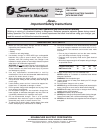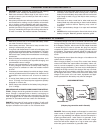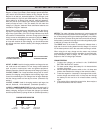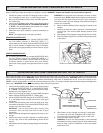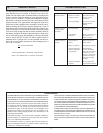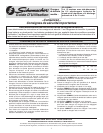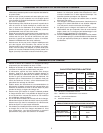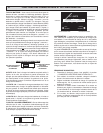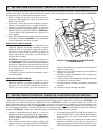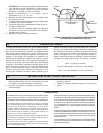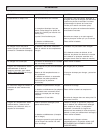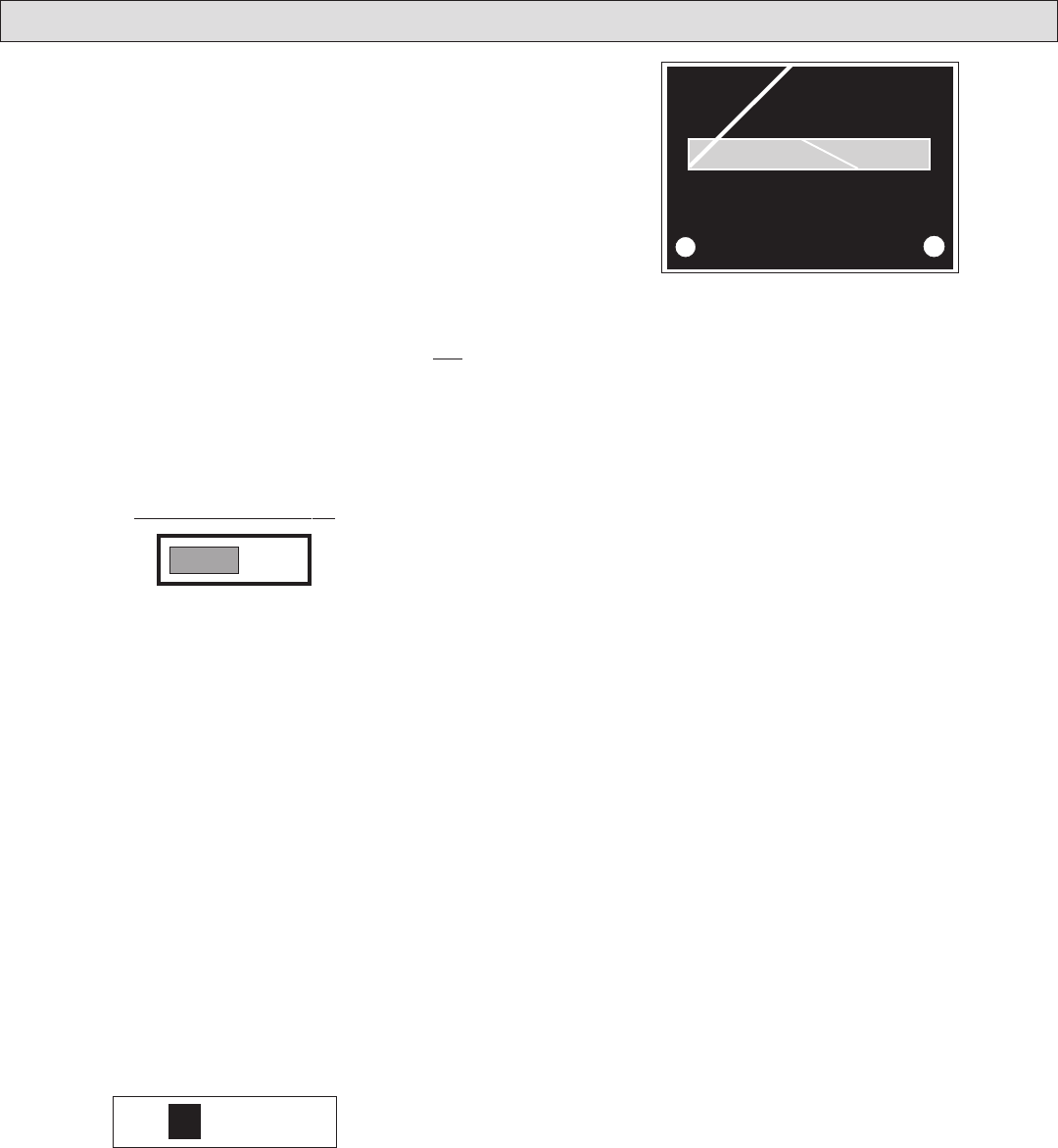
3
6 VOLT, 15 AMP: Used for charging medium and large size wet-
cell, lead-acid 6 volt batteries. Do not charge small batteries
such as used in motorcycles, lawn and garden equipment.
(Manual Operation. Monitor frequently while charging a battery.)
12 VOLT, 2 AMP: The 2 amp automatic charge rate is recom-
mended for charging small batteries and warming large ones.
If used for maintaining the Full Charge level of larger batteries,
limit the charge period to a few days at a time. (Automatic Op-
eration.)
12 VOLT, 15 AMP: Used for charging medium and large size
wet-cell, lead-acid, 12-volt batteries. (Automatic Operation.)
12 VOLT, 110 AMP ENGINE START: Used for crank starting of 12
volt vehicles. The Engine Start position should not be used for
battery charging, doing so will cause the charger to overheat
and then protect itself by cycling off and on. (Manual Operation.)
METER: The meter indicates the amount of current measured
in amperes that is being drawn from the charger by a battery. In
the 15 Amp charge rate a typical discharged battery may initially
draw more than 15 Amps during the first few minutes of charge.
As the battery continues to charge current should gradually taper
to within 6 to 8 amps at full charge.
The START area of the meter is reserved to indicate when a
high rate of current is being drawn from the charger. It is normal
for the meter pointer to be in this area while cranking a vehicle.
When using the 2 amp charge rate the meter may indicate
some activity but doesn’t have the resolution to accurately dis-
play the battery’s state of charge. For this reason you should
depend on the full charge light indicator.
CRANK STARTING:
1. Connect the charger as outlined in the “CHARGING
BATTERY IN VEHICLE” section.
2. For best results charge the battery for 10 minutes before
cranking the engine.
3. Set the charge rate selector switch to the 110 Amp start
position that matches the voltage of the vehicle’s battery
4. Crank the engine for 3 seconds, if the engine fails to start,
set the charge rate switch to the 15 Amp rate and charge
the battery for the next 5 to 10 minutes before cranking
again.
5. If the engine fails to start after several tries, there maybe a
problem elsewhere with the vehicle.
BATTERY TYPE: You may select between two basic Battery Types:
Regular or Deep Cycle Battery. Both settings operate automati-
cally and will shut off when the battery is fully charged. Use the
Regular for all wet-cell, lead-acid batteries. (This charger is not
recommended for Gel-Cell and AGM batteries.) Use the Deep
Cycle setting for all Deep Cycle wet-cell, lead-acid batteries.
How can you tell your battery type? Deep Cycle batteries are
usually marked as such. If not, the battery will fall under the
category of "Regular" batteries. Most automotive batteries are
considered "Regular" batteries.
Some Deep Cycle batteries are designed in a way that charg-
ing them in the Regular setting is more suitable. When charg-
ing a Deep Cycle battery, if the Full Charge indicator lamp does
not become illuminated after a 24-hour charge period
and the
charge current as indicated by the ammeter is less than 8 amps,
move the switch to the Regular setting. If the Full Charge indica-
tor lamp still remains off after charging, you should disconnect
the charger and have both the battery and charger profession-
ally tested.
▲
REGULAR BATTERIES
AUTOMATIC OPERATION
BATTERY TYPE SELECTOR
▲
DEEP CYCLE BATTERIES
AUTOMATIC OPERATION
D. METER AND SWITCH FUNCTIONS
CHARGE RATE SELECTOR
▲▲▲▲
15 Amp
6V, Manual
2 Amp 15 Amp 110 Amp 12V
Engine Start12V Automatic
START
DC AMPS
FULL
CHARGE
CHECK
BATTERY
CHARGING
0
5
10
15



